Curious about what goes on behind the scenes of your beloved cartoon shows? There are plenty of secrets waiting to be uncovered, from why certain characters look the way they do, to the amazing backgrounds of the people who brought them to life. Join us as we uncover the hidden gems and astonishing facts that have helped make these cartoons an unforgettable part of our childhood, and prepare to be surprised by what we discover!
The Simpsons Are Yellow
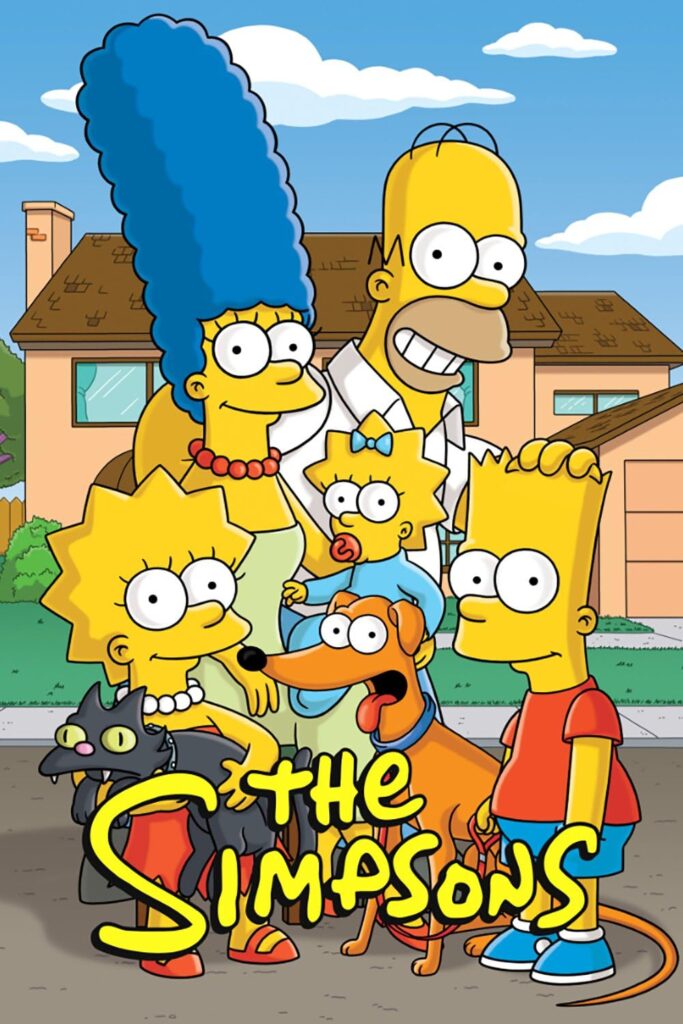
The choice of yellow for the characters in “The Simpsons” was a strategic decision by creator Matt Groening and animator David Silverman to grab viewers’ attention. They thought that when people flipping through channels saw the bright yellow characters, they would stop and watch. This distinctive color choice helped make the show stand out and has become an iconic aspect of its identity, surprising many fans with its underlying intention.
Disney’s Recycled Animations
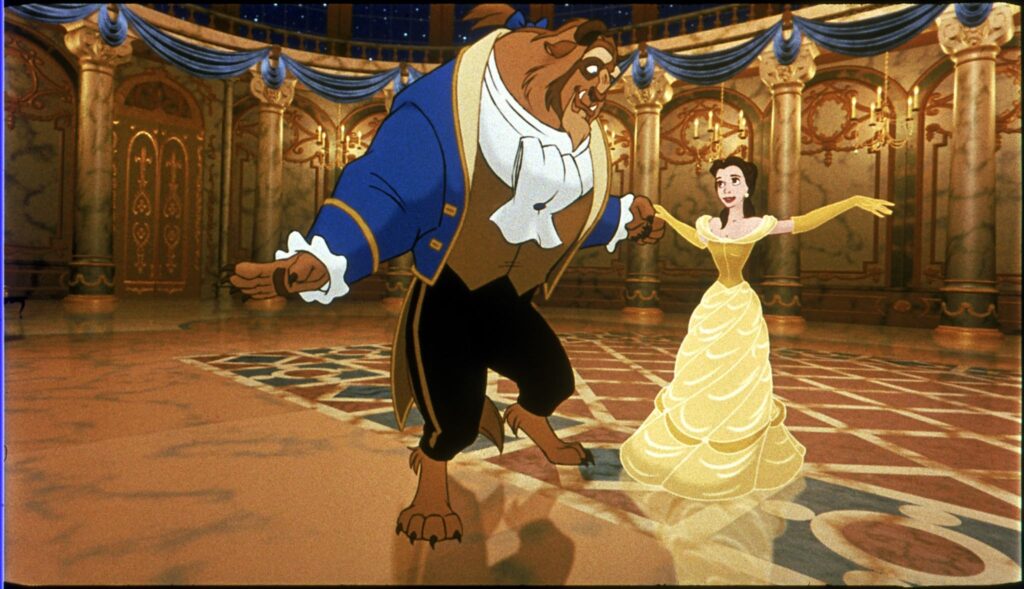
Disney is known for recycling animations in its classic films, a practice that astonishes many. To save time and resources, animators would often reuse sequences by tracing over existing drawings. For example, dance scenes in “Beauty and the Beast” closely resemble those in “Sleeping Beauty.” Discovering these hidden connections between different Disney movies provides a fascinating peek into the pragmatic aspects of animation.
Buttercup’s Original Name
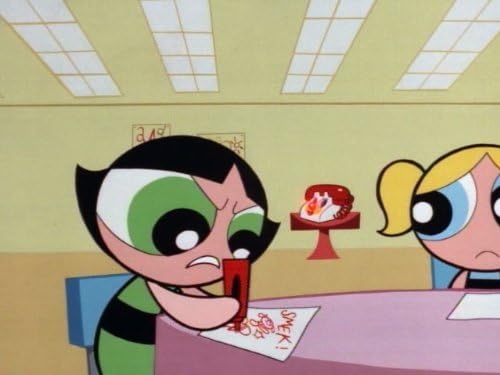
In “The Powerpuff Girls,” Buttercup was initially supposed to be named Bud. This name change is surprising as it reflects a significant character evolution from a potentially softer image to the tougher persona she is known for. The change to Buttercup gave her a more fitting name that contrasted with her aggressive and tomboyish nature, adding depth to her character.
Seth MacFarlane’s Early Career
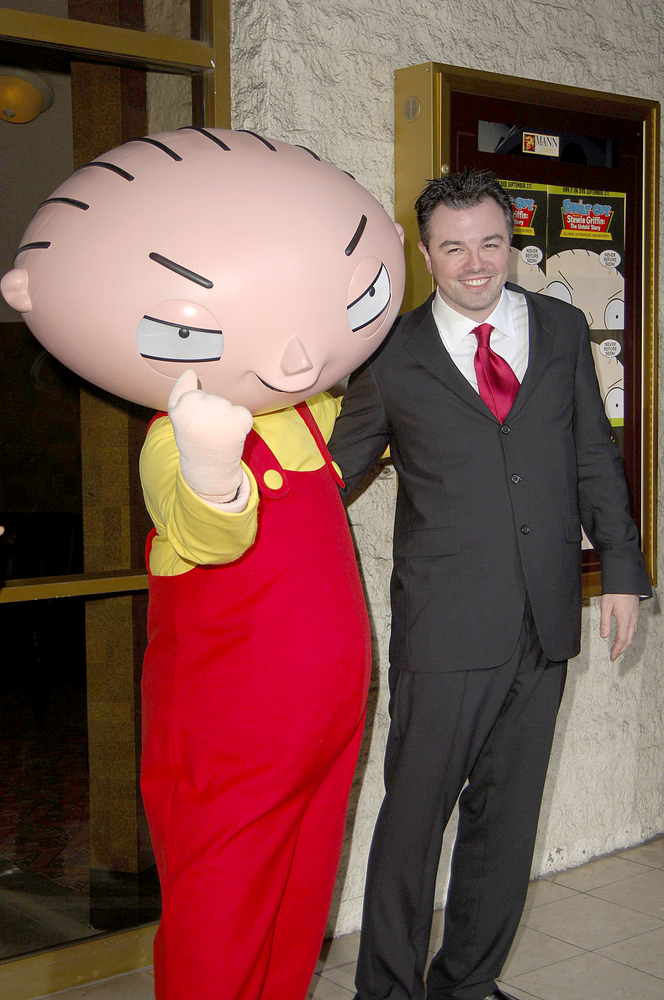
Before creating “Family Guy,” Seth MacFarlane worked as a writer for “Johnny Bravo,” “Cow & Chicken,” and “Dexter’s Laboratory.” This fact astonishes fans as it showcases the early development of MacFarlane’s comedic style and how he contributed to other classic cartoons before making his mark with his series.
SpongeBob Secrets
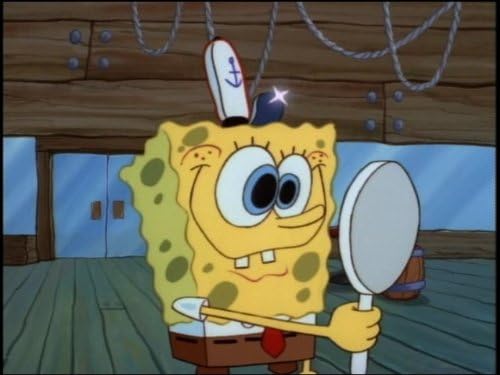
“SpongeBob SquarePants” is filled with hidden secrets and background stories, such as the fact that SpongeBob was originally named SpongeBoy and the show was to be called “SpongeBoy Ahoy!” This name change, due to trademark issues, is just one of many surprising facts that reveal the complex creation process behind this seemingly simple show.
Flea as Donnie
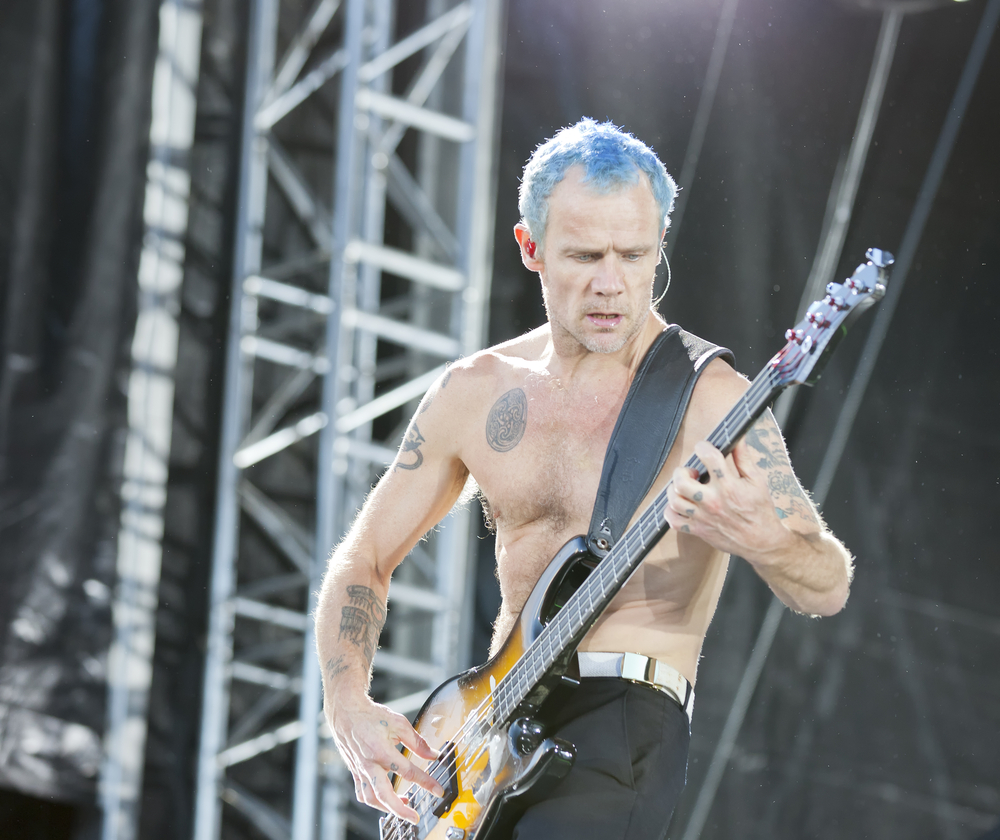
Flea, from The Red Hot Chili Peppers, voiced Donnie on “The Wild Thornberrys.” This surprising crossover between rock music and animation illustrates the show’s creative casting choices, bringing a unique edge to the character and connecting music and cartoon fans in unexpected ways.
Celebrity Fans of Beavis and Butt-Head
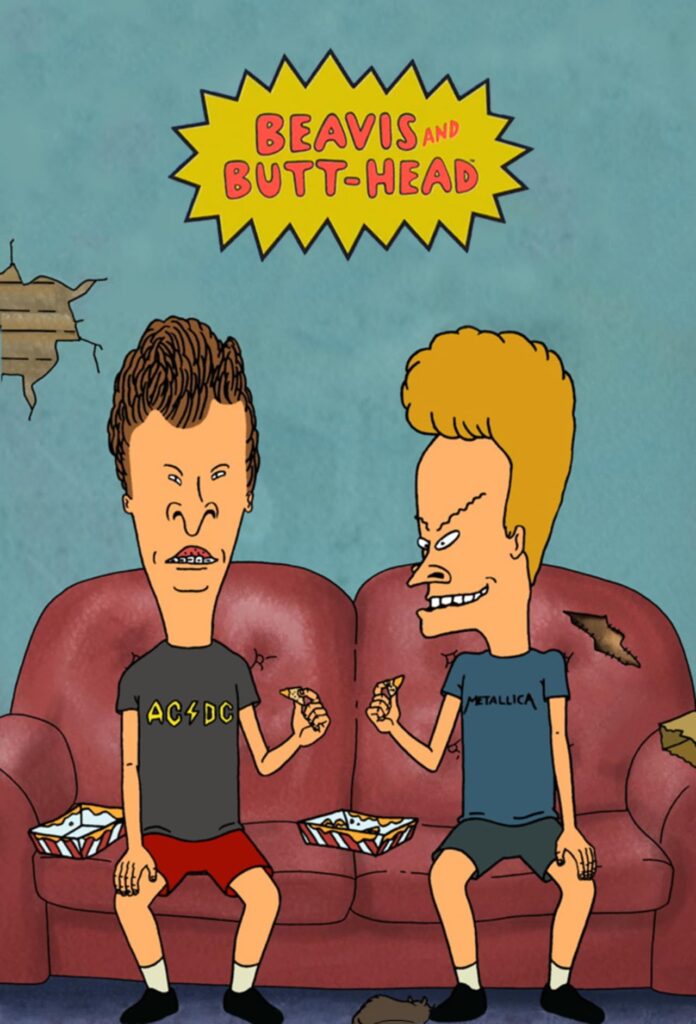
The fact that Marlon Brando and Johnny Depp were fans of “Beavis and Butt-Head” is astonishing as it bridges the gap between high-brow celebrity culture and a show often dismissed as low-brow humor. Their fandom highlights the wide appeal of the show and how it resonated with audiences across different demographics.
The Cultural Impact of Pokémon
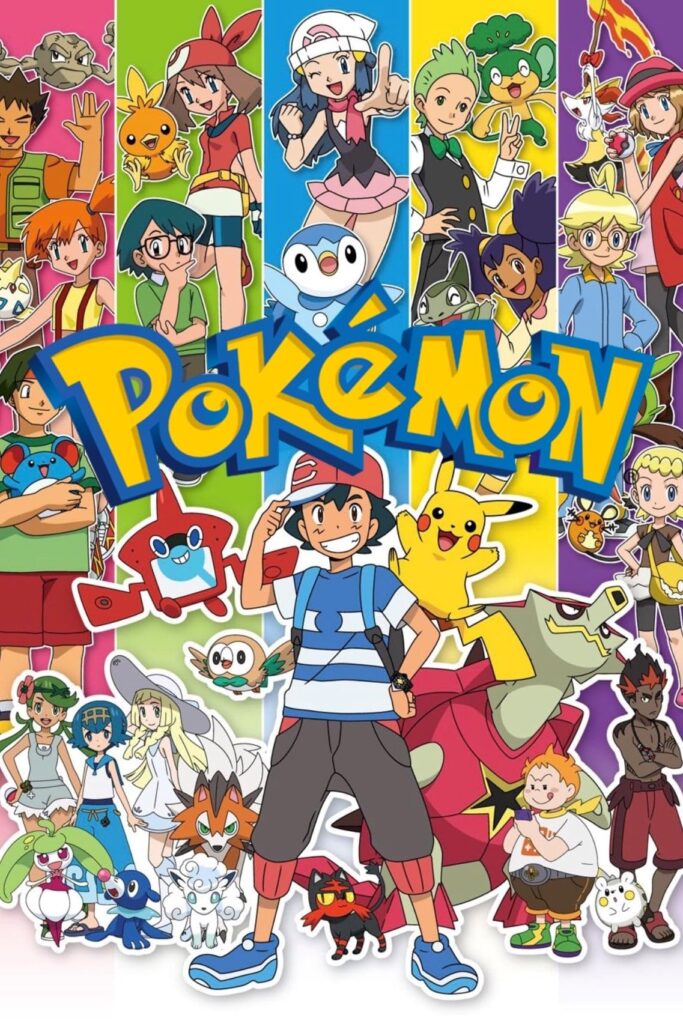
The “Pokémon” series has had a profound cultural impact, influencing not just the world of animation but also gaming, merchandise, and even language. The global Pokémon craze, sparked by the show, is astonishing in its scope and intensity, demonstrating the power of animated series to transcend their medium and become cultural phenomena.
Australia’s Cartoon Network Censorship
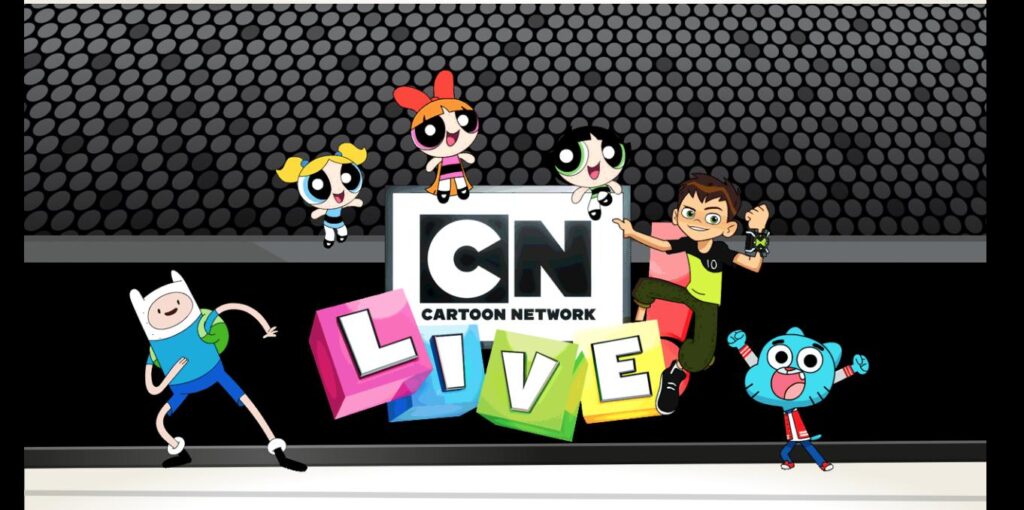
Australia frequently censors Cartoon Network shows, a fact that astonishes many due to the perceived innocence of cartoons. The country’s strict broadcasting standards lead to frequent edits or bans of content deemed inappropriate for children, reflecting cultural differences in media consumption and the unexpected complexities in the world of cartoon broadcasting.
Looney Tunes’ Classical Music Influence
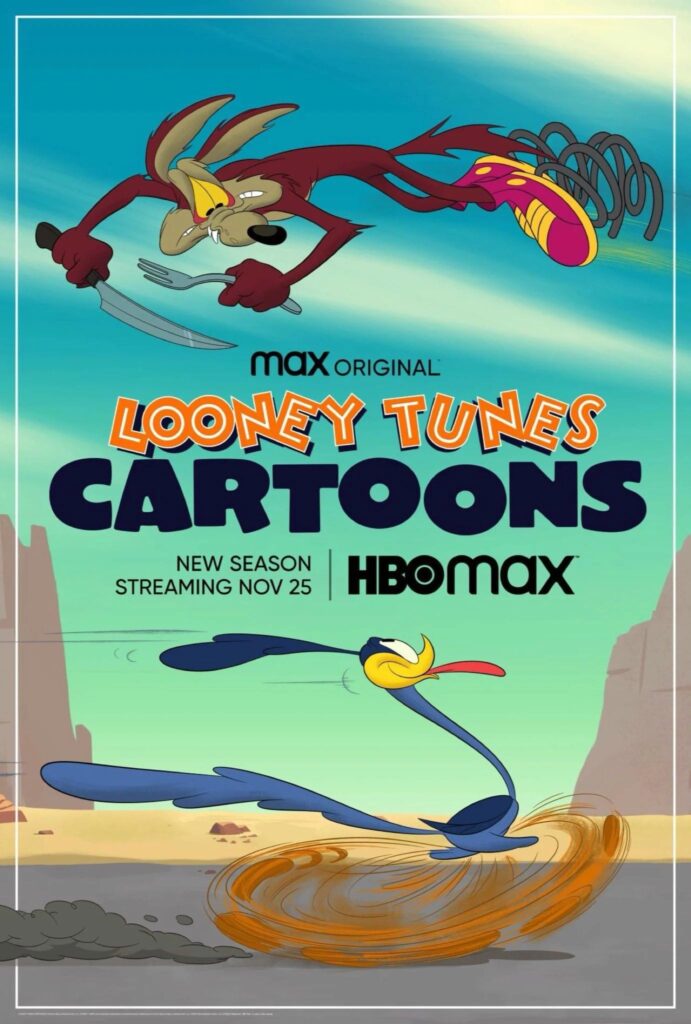
The classic “Looney Tunes” cartoons are renowned for incorporating classical music, which has unexpectedly introduced generations to the works of composers like Wagner and Rossini. This clever integration not only enhanced the comedic timing and emotional impact of scenes but also served as an early music education for many viewers, making classical pieces recognizably mainstream through their association with beloved characters.
The Flintstones as a Prime-Time Show
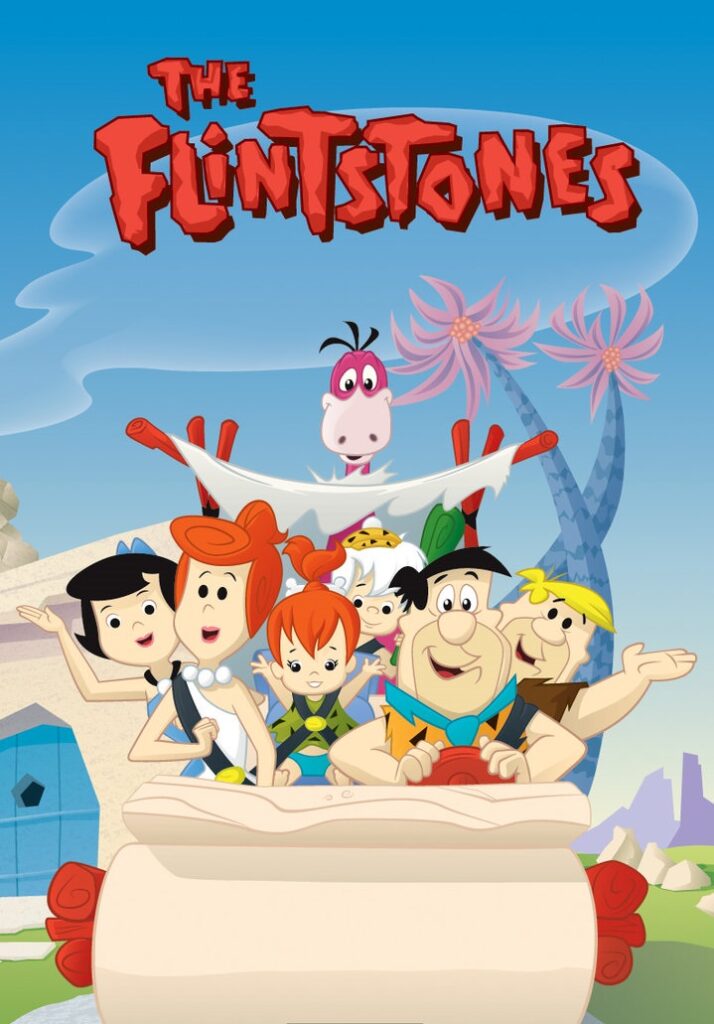
“The Flintstones” was originally a prime-time television show aimed at adults, a fact that surprises many who view it as a children’s cartoon. This animated sitcom, depicting the life of a prehistoric family, tackled everyday adult issues and was essentially a stone-age version of a typical American family sitcom, reflecting societal norms and challenges of its time.
The Real-Life Inspirations Behind Scooby-Doo
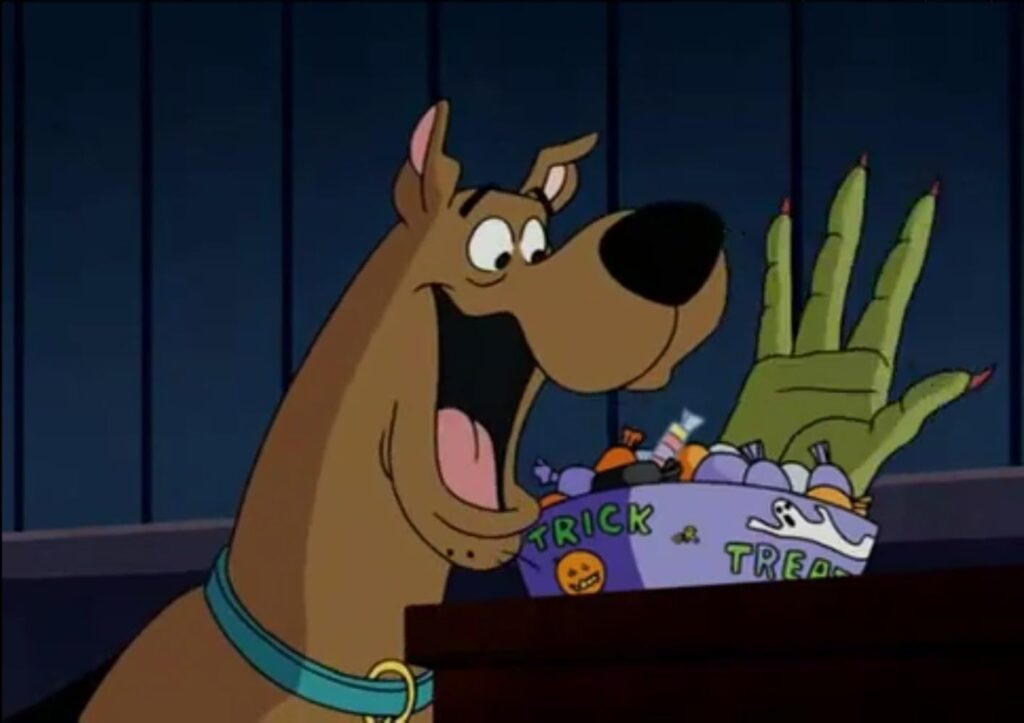
The characters in “Scooby-Doo” were based on the contrasting personalities of American teenagers in the 1960s, and the concept was inspired by the popularity of the sitcom “The Many Loves of Dobie Gillis.” This connection surprises fans by revealing the show’s roots in real teen culture and television trends, offering a glimpse into the creative process that blended familiar archetypes into a unique and enduring mystery-solving team.
Batman: The Animated Series’ Art Deco Influence
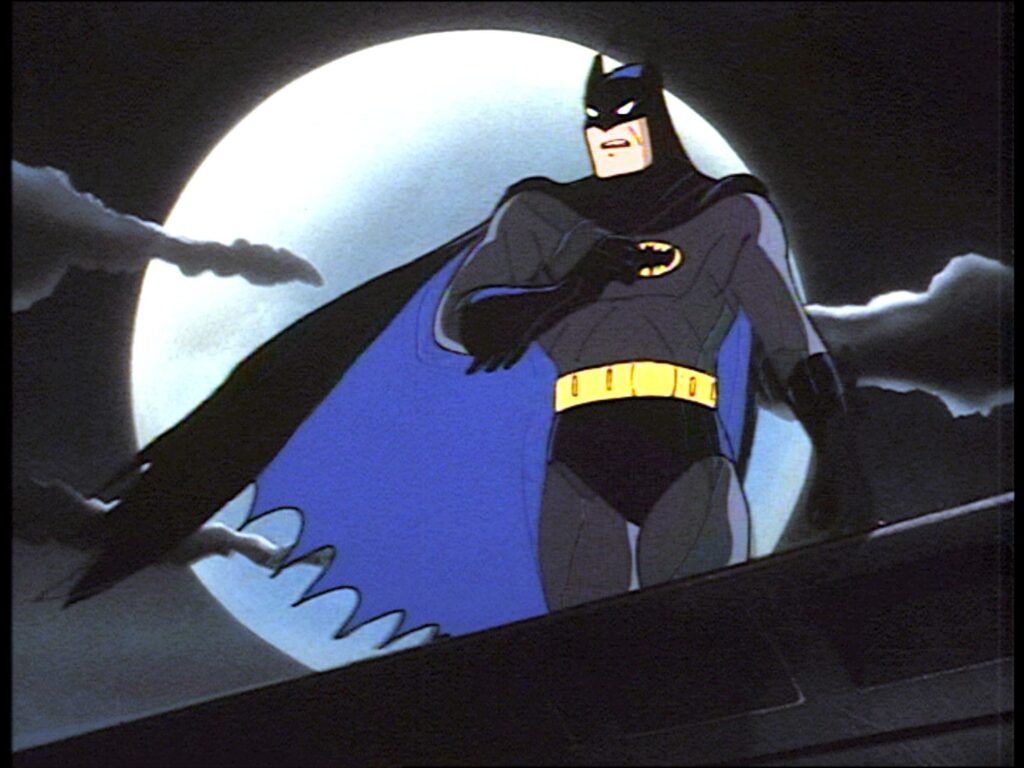
“Batman: The Animated Series” is noted for its unique Art Deco-inspired visual style, a decision that set it apart from other cartoons of its time. This stylistic choice, evoking the 1930s and 1940s, gave the show a timeless and sophisticated atmosphere, surprising viewers with its cinematic quality and attention to artistic detail.
Adventure Time’s Post-Apocalyptic Setting
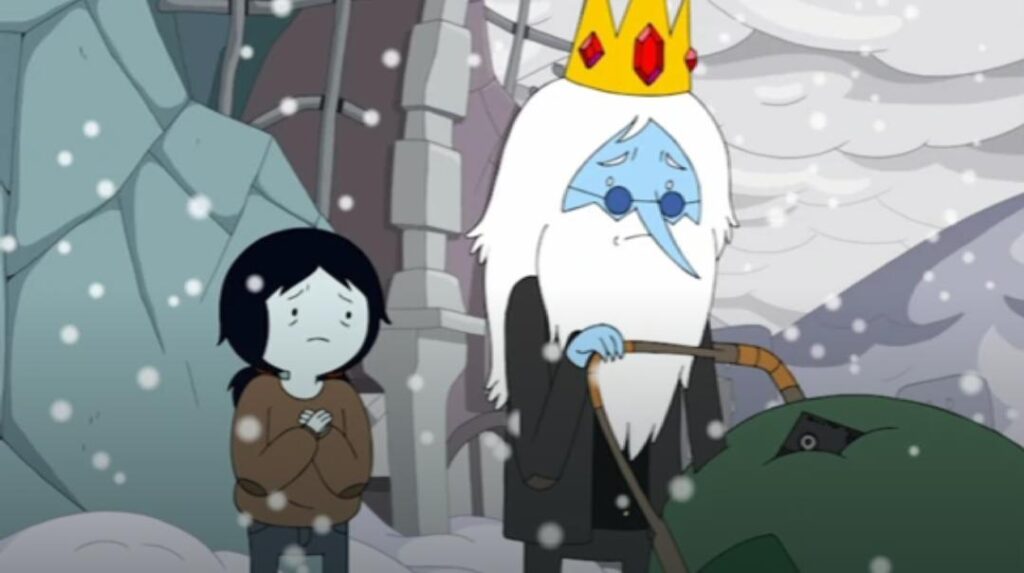
“Adventure Time” is set in a post-apocalyptic world, a background detail that is not immediately apparent but adds depth to its whimsical surface. This darker underlying theme surprises and intrigues fans, as it contrasts sharply with the show’s colorful, child-friendly exterior, hinting at complex narratives and world-building.
The Secret Formula of Krabby Patty
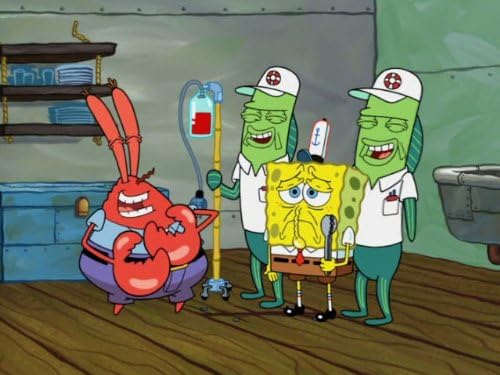
In “SpongeBob SquarePants,” the secret formula of the Krabby Patty is a closely guarded plot point that has led to much fan speculation and intrigue. The mystery surrounding this fictional recipe has engaged audiences for years, creating a sense of wonder and curiosity that adds an extra layer of engagement to the show.
The Vocal Range of Mel Blanc
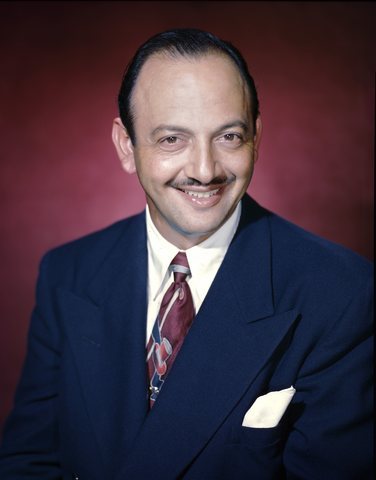
Mel Blanc, known as “The Man of a Thousand Voices,” voiced the majority of the characters in “Looney Tunes.” His ability to give distinct and memorable voices to multiple characters in the same show is astonishing, showcasing his extraordinary talent and the significant impact he had on the world of animation.
This article originally appeared on UnifyCosmos.
More from UnifyCosmos
19 Practical Tips for a More Efficient Life

Discover 19 game-changing life hacks that promise to revolutionize your daily routines and amplify productivity. From simple tricks to innovative strategies, these effective hacks offer profound benefits with minimal effort, ensuring you make the most out of every moment. Read More
16 Must-Try Street Foods From Around the World

Imagine wandering through the bustling streets of a city far from home, where the air is filled with the enticing aromas of delicious foods being cooked right in front of you. From the sizzling sounds of meat on the grill to the vibrant colors of fresh veggies and sauces, street food is a world of flavors waiting to be explored. Read More
15 Essential U.S. Destinations to Explore

Embarking on a journey through the United States unveils a treasure trove of diverse experiences waiting to be explored. From iconic landmarks to hidden gems, the country offers a tapestry of adventures catering to every traveler’s wanderlust. Read More
Leave a Reply